

Articles
How To Store Paracord
Modified: August 17, 2024
Learn how to store paracord properly and keep it tangle-free with our informative articles. Find useful tips and tricks for organizing your paracord supplies and maximizing its longevity.
(Many of the links in this article redirect to a specific reviewed product. Your purchase of these products through affiliate links helps to generate commission for Storables.com, at no extra cost. Learn more)
Introduction
Paracord, short for parachute cord, is a versatile and durable rope that has gained popularity among outdoor enthusiasts, survivalists, and DIY enthusiasts. Its strength and functionality make it a valuable tool for various applications, from camping and hiking to crafting and emergency preparedness.
However, whether you are an avid paracord user or just starting to discover its benefits, it is essential to understand the importance of proper storage. Storing your paracord correctly will not only help to keep it in prime condition but also make it easier to access when you need it. In this article, we will explore different storage methods and techniques to ensure your paracord remains organized, tangle-free, and ready for use.
Key Takeaways:
- Proper storage of paracord is crucial for maintaining its quality, accessibility, and longevity. From coiling techniques to portable solutions, effective storage ensures readiness for outdoor adventures, DIY projects, and emergencies.
- Including paracord in emergency kits equips you with a versatile and reliable tool for critical situations. Coiling, securing, and utilizing waterproof containers are essential steps for emergency preparedness.
Read more: How To Store Store-Bought Bread
Why Proper Storage is Important
Proper storage of your paracord is crucial for several reasons. First and foremost, it helps to maintain the integrity and quality of the rope. Paracord is designed to withstand heavy loads and harsh conditions, but improper storage can lead to kinks, knots, and damage that may compromise its strength and durability.
Furthermore, keeping your paracord properly stored ensures that it remains tangle-free and easy to handle. There’s nothing more frustrating than spending precious time untangling a mess of rope when you could be using it for your outdoor adventures or DIY projects.
In addition to preserving the quality and usability of your paracord, proper storage also helps with organization and accessibility. By storing your cords in an organized manner, you can easily find the length you need for a particular task without rummaging through a jumbled mess.
Another important reason for proper paracord storage is preparedness. Paracord is often considered a survival tool due to its strength and versatility. In emergency situations, having quick and easy access to your paracord can make a difference in your ability to set up a shelter, make a makeshift harness, or secure supplies.
Overall, maintaining a proper storage system for your paracord not only extends its lifespan but also ensures that you can make the most of its functionality for all your outdoor adventures, DIY projects, and emergency situations.
Finding Suitable Storage Containers
When it comes to storing your paracord, finding the right containers is key to keeping it organized, protected, and readily accessible. Here are a few options to consider:
- Plastic Containers: Plastic containers with latching lids are a popular choice for paracord storage. Look for containers that are big enough to hold the length of your cord without folding or bending it. Clear containers are preferable, as they allow you to easily see the contents without having to open each one.
- Hanging Organizer: A hanging organizer, typically made of fabric with multiple compartments, can be a great solution for storing and organizing your paracord. These organizers often come with hooks or loops that allow you to hang them on a wall or inside a closet for easy access.
- Toolbox: If you have a toolbox or tool chest with compartments, consider dedicating one section to your paracord storage. Use small containers or ziplock bags to keep the cords separated and organized within the larger compartment.
- PVC Pipes: PVC pipes can be a creative and efficient way to store your paracord. Cut the pipes into sections of your desired length and cap the ends. You can then stack the pipes vertically or horizontally, securing them in place with brackets or straps.
- Bucket or Tote: For larger quantities of paracord or longer lengths, a bucket or tote with a lid can be a suitable storage option. Coil the paracord neatly and place it inside the container, ensuring the lid is tightly sealed to keep out moisture and dust.
Remember, the ideal storage container will depend on your specific needs and preferences. Consider the quantity of paracord you have, the available space, and the level of portability you require when selecting the right storage solution.
Coiling and Knotting Techniques for Paracord Storage
Proper coiling and knotting techniques are essential for keeping your paracord organized and tangle-free. Here are a few methods you can use to store your paracord:
- Figure Eight Coiling: The figure eight coil is a popular technique for storing paracord. To do this, start by holding one end of the cord and make a small loop. Wrap the cord around the loop in a figure eight pattern until you reach the other end. Secure the loose ends together, either by tucking them through a loop or using a small piece of tape or a rubber band.
- Cuban Coil: The Cuban coil is another effective method for paracord storage. Begin by folding the cord in half, creating a loop at the center. Hold the loop and start coiling both ends of the cord around it, working your way towards the loose ends. Once you reach the ends, secure them together with a knot or by tucking them through a loop.
- Butterfly Coil: The butterfly coil is commonly used by climbers and is a great technique for keeping longer lengths of paracord organized. Hold one end of the cord and make a loop, allowing the cord to hang down. Grab the cord a few inches down from the loop and fold it back up, creating another loop. Continue this process, alternating loops, until you reach the other end of the cord. Secure the loose ends together by tying a knot or using a small piece of tape.
- Wrap and Snap: The wrap and snap method is a quick and easy way to store shorter lengths of paracord. Start by coiling the cord as tightly as possible. Once the cord is coiled, use a small piece of tape or a snap fastener to hold it in place.
- Monkey Fist Knot: If you want to add a decorative touch to your paracord storage, you can create a monkey fist knot. This knot not only secures the cord but also provides a convenient handle for carrying or hanging. Wrap the paracord around your hand to create a loop. Continue wrapping the cord around the loop, creating multiple layers. After a few layers, start forming the knot by passing the working end through the loop, following a specific pattern. Tighten the knot, and you have a stylish and functional way to store your paracord.
Experiment with different coiling and knotting techniques to find the one that works best for you. Remember to secure the loose ends to prevent the coil from unraveling and to keep your paracord neatly stored and ready for use.
When storing paracord, coil it neatly to prevent tangles and store it in a dry, cool place to prevent mold and mildew. Consider using a paracord organizer or spool to keep it organized and easily accessible.
Hanging Paracord Storage Ideas
If you prefer to have your paracord easily accessible and displayed, hanging storage solutions may be the perfect option for you. Here are a few ideas for hanging your paracord:
- Wall Hooks: Install hooks or pegs on a wall or the back of a closet door to hang your coiled paracord. This method allows you to easily see and access different lengths of cord while keeping them neatly organized.
- Clothes Hangers: Utilize clothes hangers with clips or pant hangers with adjustable clamps to hang your paracord. Simply fold or coil the cord and clip it onto the hanger. Hang multiple hangers on a rod or hooks for efficient storage.
- DIY Paracord Rack: Get creative and build your own paracord rack using wooden dowels or PVC pipes. Attach the dowels or pipes to a sturdy board or mount them on a wall. You can customize the size and spacing of the dowels or pipes to accommodate different lengths of paracord.
- Picture Frames: Repurpose an old picture frame by removing the glass and adding small hooks or eye screws along the inner edges. Hang your coiled paracord from the hooks or screws for a unique and functional display.
- Closet Rod: Use a closet rod or tension rod to hang your longer lengths of paracord. Coil the cord and hang it by draping it over the rod. This method allows you to easily grab the cord and unwind the desired length when needed.
Whichever hanging storage solution you choose, make sure it is secure and can withstand the weight of your paracord. Additionally, consider the location and accessibility of the storage area to ensure convenience and ease of use.
By incorporating these hanging storage ideas, you can keep your paracord organized, visible, and within arm’s reach whenever you need it.
Read more: How To Store Basil From Grocery Store
Portable Paracord Storage Solutions
For those who are constantly on the go or require a portable storage solution for their paracord, here are some options to consider:
- Paracord Spools: Paracord spools are specially designed containers that allow you to neatly wind and store your paracord. These spools typically have a built-in handle or slot to secure the loose ends, keeping the cord ready for quick deployment.
- Paracord Bracelets: Paracord bracelets serve a dual purpose by not only being a fashion accessory but also a compact way to carry a length of paracord with you at all times. These bracelets can be unraveled when needed, providing you with a reliable rope in emergency situations.
- Paracord Keepers: Paracord keepers are small, compact pouches or cases specifically designed to hold and protect your paracord. They often have a secure closure mechanism, such as a zipper or Velcro, to keep the cord neatly contained. Some paracord keepers even come with additional compartments for storing accessories like small tools or fire starters.
- Carabiner Clips: Attach a carabiner clip to your coil of paracord for easy carrying and accessibility. This portable solution allows you to hook the paracord to your backpack, belt loop, or gear bag, ensuring it is always within reach when needed.
- Paracord Bags: Opt for a dedicated paracord bag that is specifically designed to hold and organize your paracord. These bags often have multiple pockets, compartments, and slots to keep your cords separated and prevent them from tangling.
When choosing a portable paracord storage solution, consider factors like size, durability, and ease of use. You want a solution that is compact enough to carry comfortably but also reliable enough to protect your paracord from damage and tangles.
Portable storage options ensure that you can take your paracord with you on adventures, outdoor activities, or whenever you may need it. Stay prepared and organized with these portable paracord storage solutions.
Storing Paracord in Emergency Kits
One of the key uses of paracord is in emergency situations, making it essential to include in your emergency kits or bug-out bags. Here’s how you can store paracord in your emergency kits:
- Coiled and Secured: Coil your paracord and secure it with a small piece of tape or a Velcro strap. This prevents the cord from unraveling and tangling inside the kit. Make sure the coil is compact enough to fit comfortably within the confines of the kit.
- Essential Lengths: In your emergency kit, include pre-measured, essential lengths of paracord. These pre-cut pieces can range from 3 to 10 feet, allowing you to easily access and use a specific length without having to untangle a larger coil. Bundle and secure each length with a rubber band or zip tie.
- Carabiners or Hooks: Attach carabiners or small hooks to the exterior of your emergency kit. This provides a convenient way to hook and hang your paracord, allowing it to be easily accessible and visible when needed.
- DIY Paracord Bracelets: In addition to storing loose paracord in your kit, consider including paracord bracelets. These bracelets are not only a convenient way to carry paracord but also serve as a wearable tool. Unraveling the bracelet provides you with a length of rope in emergency situations.
- Waterproof Container: To protect your paracord from moisture and other damaging elements, store it in a waterproof container within your emergency kit. This ensures that your cord remains in optimal condition and ready for use when needed.
Remember to periodically check and replace your paracord in the emergency kit to ensure it remains in good condition. Also, consider adding a small booklet or laminated card with paracord knots and survival tips to your emergency kit, providing you with a quick reference guide in times of need.
By including paracord in your emergency kits, you are equipped with a versatile and reliable tool that can assist in various emergency scenarios. Be prepared and ensure you have paracord readily available when it matters most.
Conclusion
Proper storage of paracord is vital to maintaining its quality, accessibility, and longevity. Whether you are an outdoor enthusiast, DIY hobbyist, or preparing for emergencies, incorporating effective storage solutions ensures that your paracord remains in prime condition and ready for use when needed.
From finding suitable storage containers to coiling and knotting techniques, there are various methods to keep your paracord organized and tangle-free. Hanging storage ideas provide easy access and visibility, while portable storage solutions offer convenience for those on the go.
Storing paracord in emergency kits is especially crucial, as it ensures quick access to this versatile rope in critical situations. Coiling and securing the cord, including essential lengths, and utilizing waterproof containers are important steps to take in emergency preparedness.
In conclusion, by implementing proper storage methods, you can prolong the lifespan of your paracord, maintain its functionality, and save time and frustration when you need it most. Choosing the right storage containers, utilizing coiling and knotting techniques, and considering hanging or portable solutions will help you keep your paracord organized, protected, and easily accessible for all your outdoor adventures, DIY projects, and emergency situations.
Once you've mastered storing paracord, why not channel that organizational energy into some creative projects? Spring into action with our array of elegant DIY crafts designed specifically for Easter. From vibrant decorations to charming home accents, these handcrafted treasures are perfect for breathing new life into your festive celebrations. Don't miss out on crafting your own unique Easter atmosphere!
Frequently Asked Questions about How To Store Paracord
Was this page helpful?
At Storables.com, we guarantee accurate and reliable information. Our content, validated by Expert Board Contributors, is crafted following stringent Editorial Policies. We're committed to providing you with well-researched, expert-backed insights for all your informational needs.
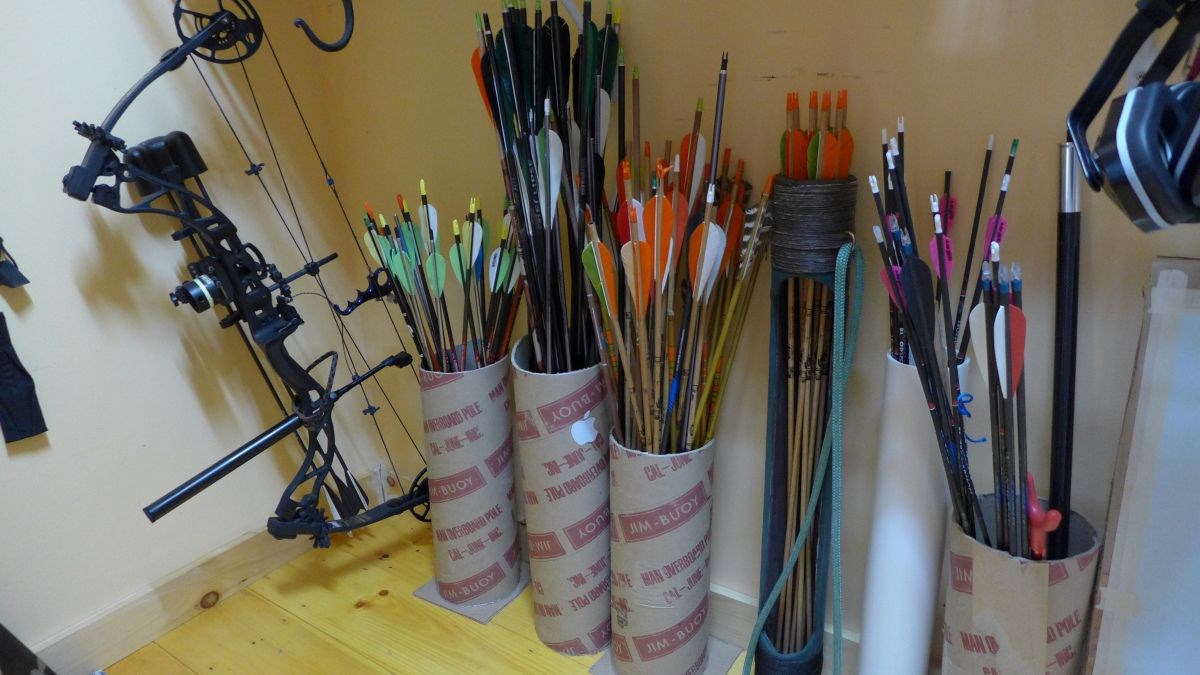
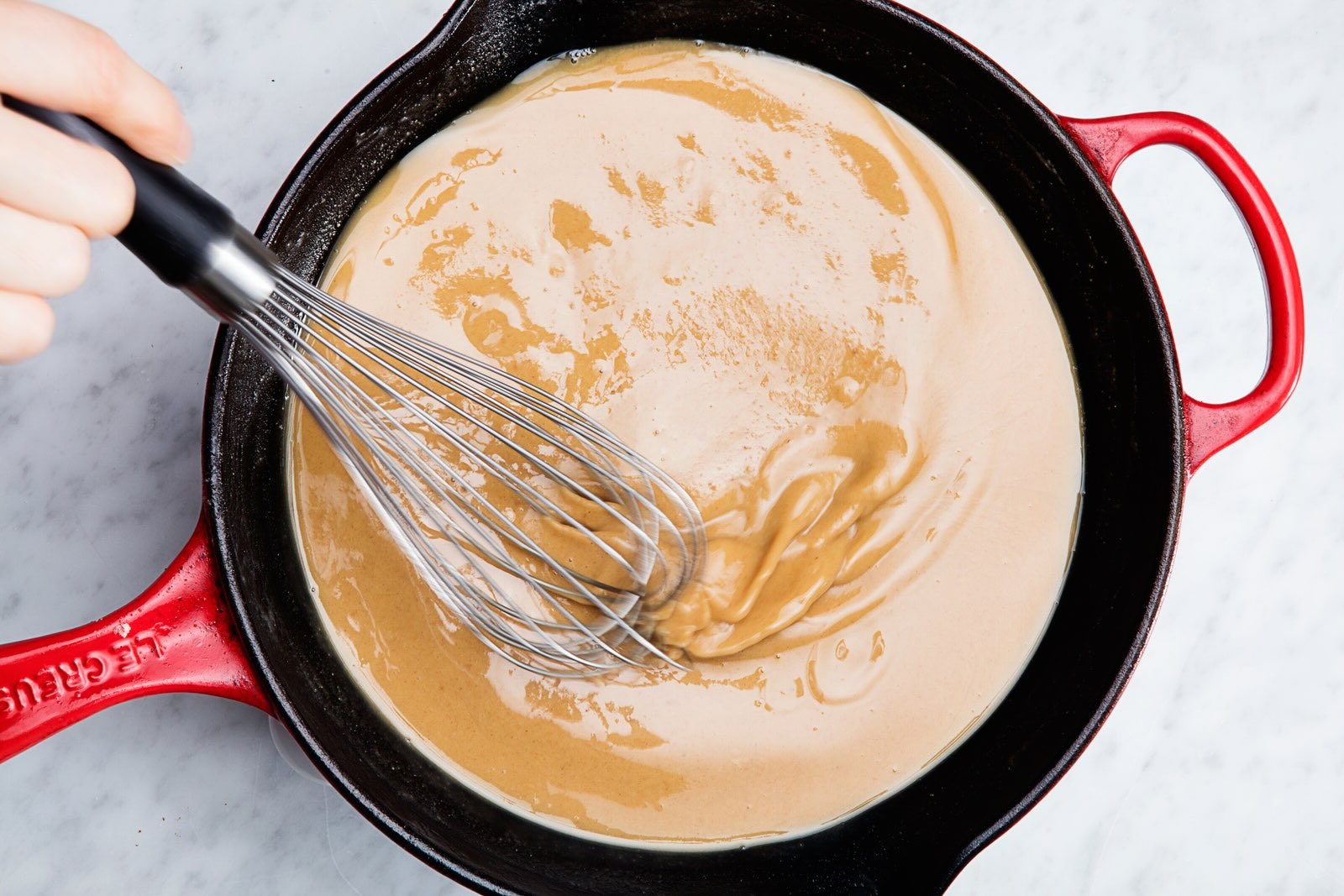
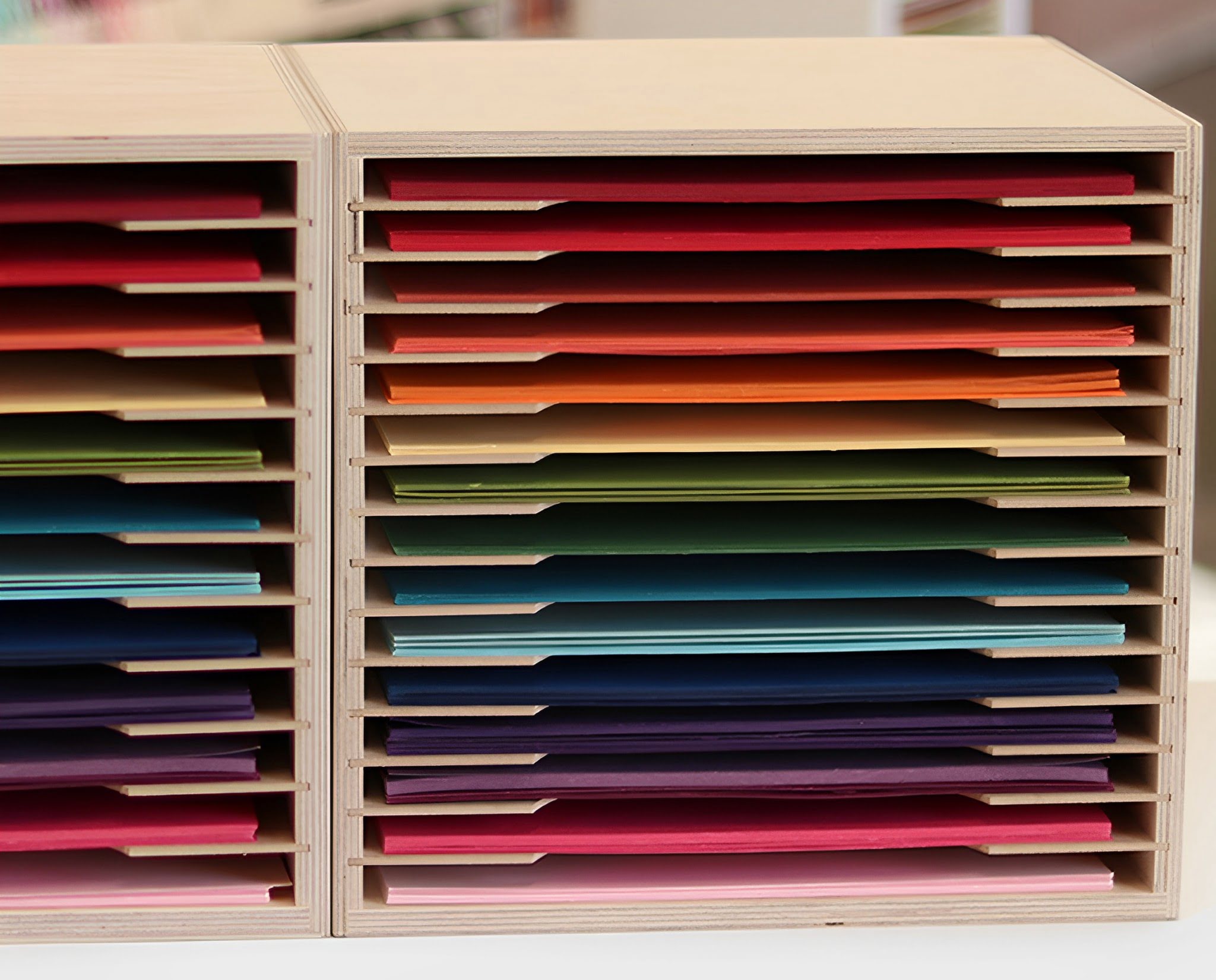






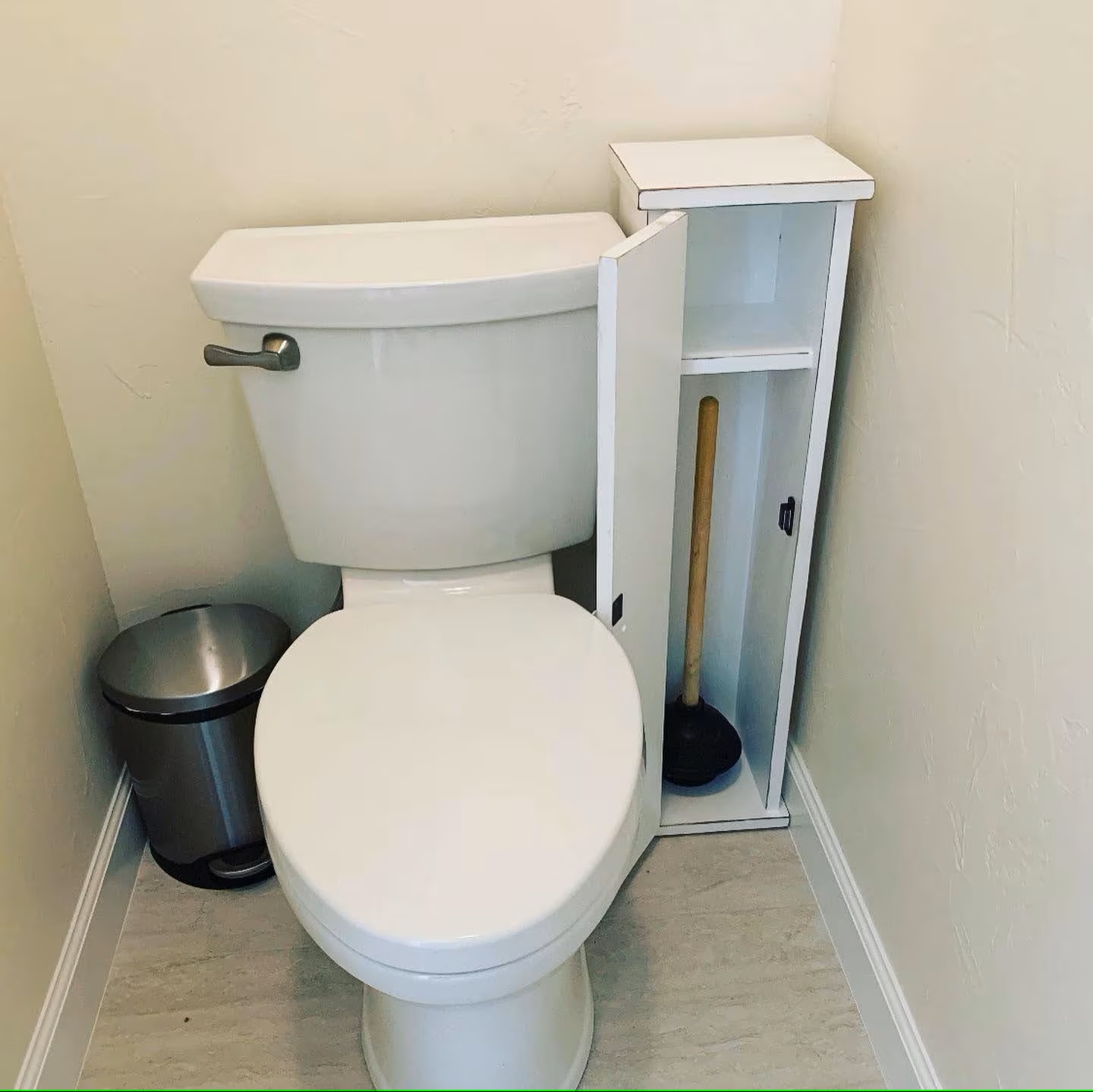


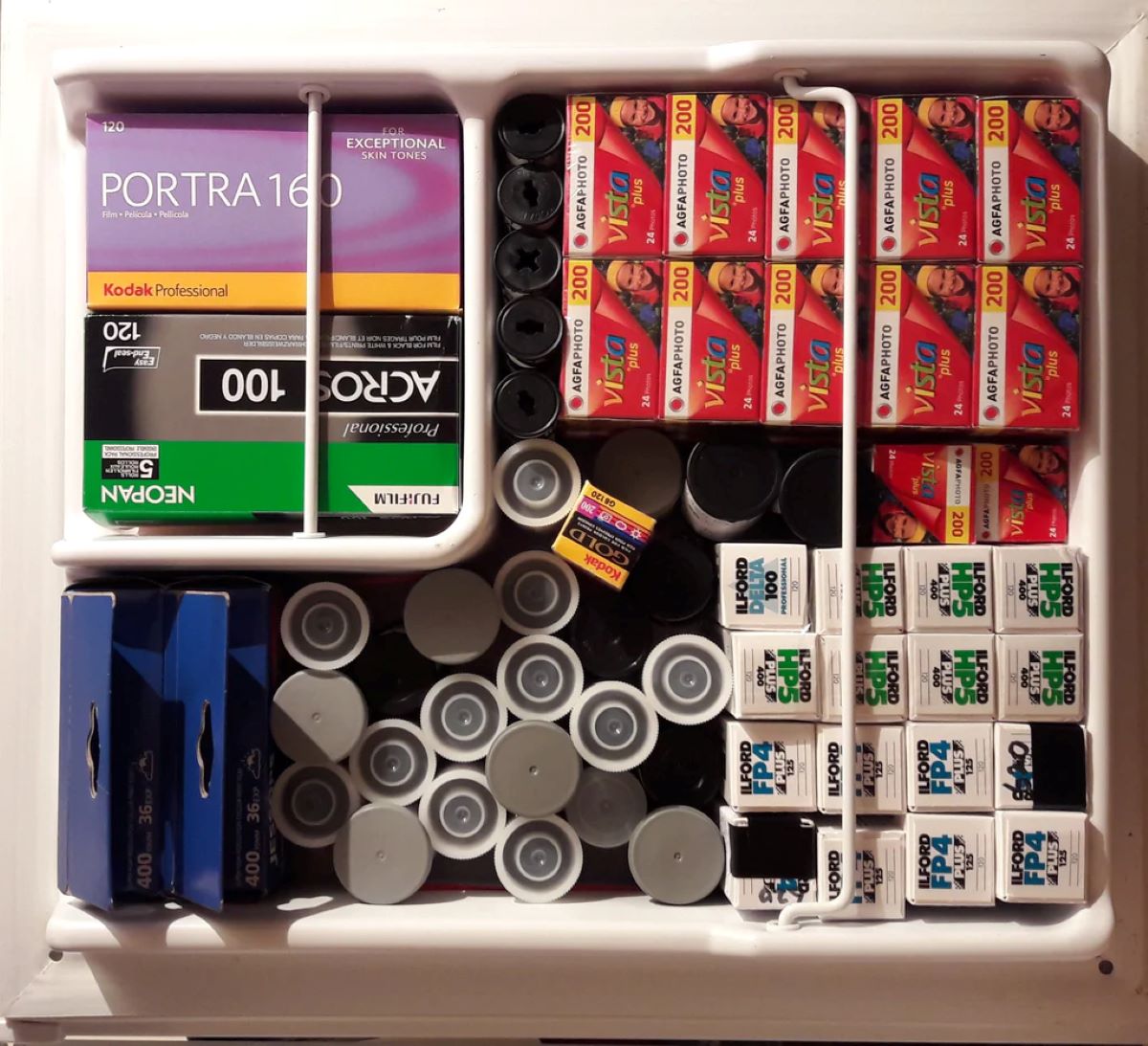
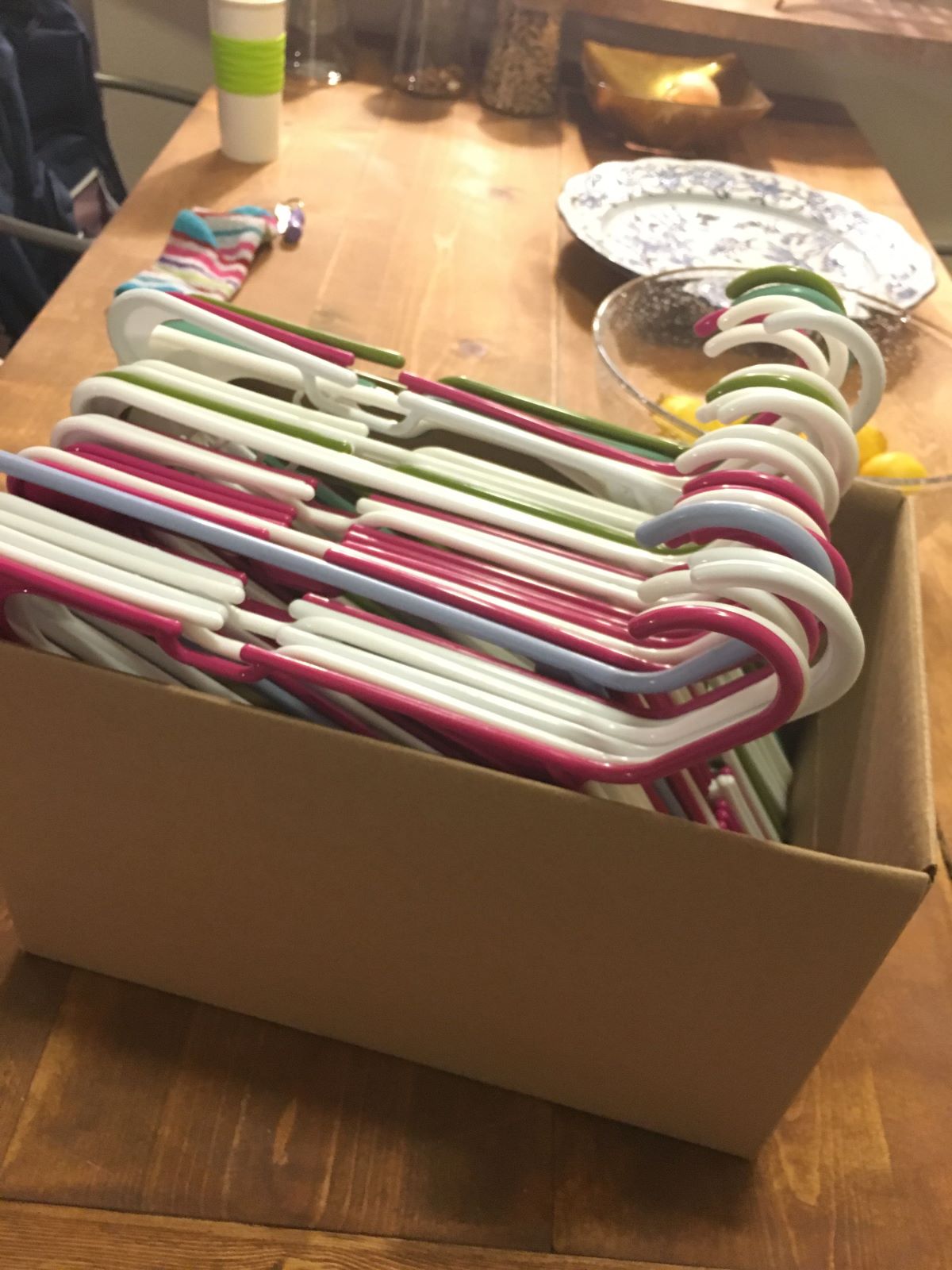

0 thoughts on “How To Store Paracord”